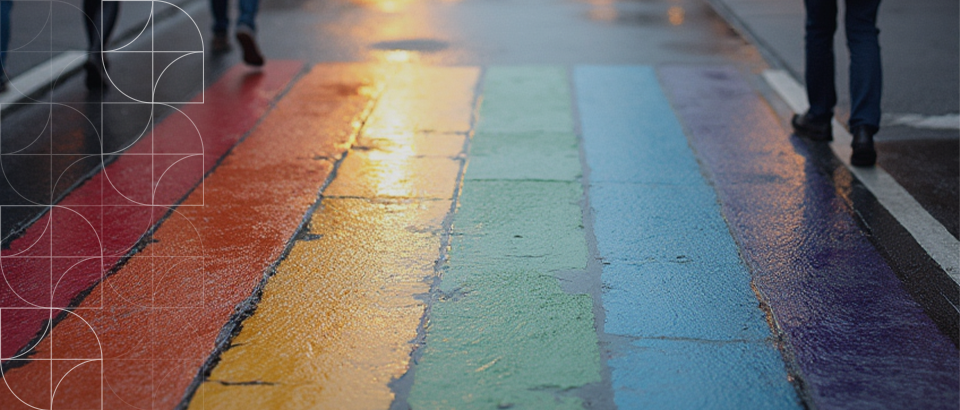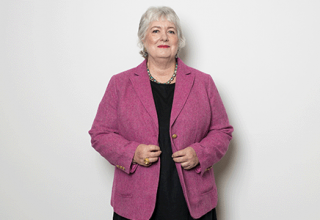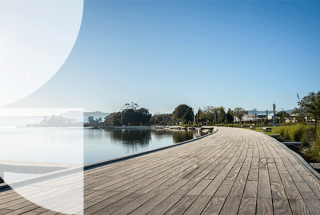Rainbow Crossing Upheld by High Court

Rainbow Crossing Upheld by High Court
Thursday 10 April, 2025
Excess speed, intoxication and poor road design are generally considered the leading risk factors in terms of road safety. However, three citizens recently brought a claim in judicial review based on a rather different safety risk: rainbow crossings. The applicants said that Wellington’s rainbow crossing did not comply with the requirements in the old rules for traffic control devices because its purpose wasn’t connected with the use of the road and could mislead both pedestrians and traffic. New rules allowing roadway art were made in 2020, but the applicants said extreme levels of speed limit compliance were required for roadway art to be permissible. This article discusses the lessons for road controlling authorities in the Court’s decision.
The Traffic Control Devices Rule 2004 (TCD) was amended in 2020 to provide for “roadway art”. Road controlling authorities installing new roadway art, including rainbow crossings, must ensure that it complies with the amended rule. Marking on roadways is allowed so long as it:
- is in a lower risk environment;
- doesn’t resemble a marking described in the TCD;
- doesn’t mislead road users; and
- isn’t part of a set of specific road markings.
A lower risk environment is defined as requiring vehicle operating speeds not more than 30km/h. The Judge determined that “operating speed” means the 85th percentile speed of vehicles, taking the approach of the Traffic Control Devices Manual. The applicants had argued that every vehicle (barring emergency vehicles attending emergencies) would have to travel below 30 km/h to satisfy the rule. The Judge disagreed on the basis that the aim of the amendment was to encourage roadway art, not to provide an excuse for prohibiting it. Of note was the fact that there was a downward trend in vehicle speed following the installation of the rainbow crossing and associated traffic calming measures.
The applicants argued that the rainbow crossing resembles a “zebra” pedestrian crossing and misleads pedestrians into thinking that they have automatic right of way. The Judge dismissed this argument given the distinctions between rainbow crossings and pedestrian crossings in terms of colour, the associated features of pedestrian crossings, and the proximity of the crossing to pedestrian traffic signals. The Judge noted that the evidence about the use of the crossing was consistent with it being understood as a signal-controlled crossing and not a pedestrian crossing.
The case establishes that rainbow crossings and other roadway art installed before the 2020 amendment must comply with the prior rule to be lawful. The art must have a purpose connected with the use of the road, must not mislead road users or resemble markings included in the TCD. The Judge held that rainbow crossings did have a purpose connected to the road: they delineate an area where it is safe to cross the road (on a green pedestrian light) and guide pedestrians across the road. The Judge noted the principle that a power granted for a particular purpose must be used for that purpose but the pursuit of other purposes in addition will not necessarily invalidate the exercise of the power. The Judge found that given the road safety purpose of the rainbow crossing, its additional “LGBTQIA+ pride purpose” was permissible.
Road controlling authorities who installed roadway art before the 2020 amendment should consider whether the art has a purpose connected to the road, as well as whether it resembles roadway markings or could mislead pedestrians or other road users.










